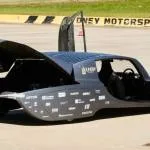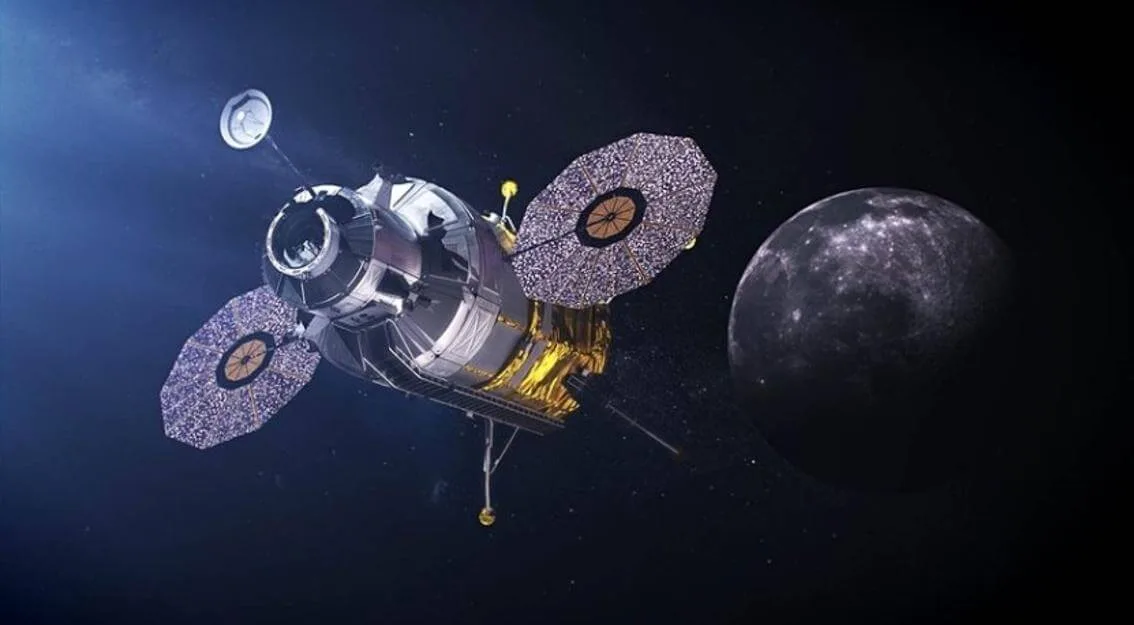On Friday, August 19 at 2 p.m. EDT, NASA will hold a media teleconference to announce regions near the lunar South Pole that the agency believes are suitable for astronauts to land as part of the Artemis III mission planned for 2025.
This mission will mark the first time astronauts set foot on the Moon since NASA’s Apollo 17 mission in 1972.
NASA, with commercial and international partners, is working to establish a permanent human presence on the Moon in preparation for future Mars missions. Artemis is the first step in this process.
There are several potential landing sites within each region. Each of the regions from which landing sites were selected, which are of scientific interest and were assessed on terrain, communications, and lighting conditions as well as whether they could meet science objectives, is also of scientific interest.
NASA will collaborate with the scientific community in the near future to determine the advantages of each region
NASA plans to land the first woman and person of colour on the Moon using Artemis missions. SpaceX’s Starship will be used to transport crew from lunar orbit to the Moon’s surface during Artemis III, the first Artemis mission to include a manned lunar landing.
Artemis I Moon Rocket Arrives at Launch Pad
The Artemis I mission is a NASA deep space exploration systems test, comprising the Orion spacecraft, SLS rocket, and ground systems. The test’s uncrewed flight test is scheduled to launch no later than August 29
The launch date, currently scheduled for no earlier than August 29 at 8:33 a.m. (a two-hour window), will soon be configured at the pad. Teams have worked to fine-tune operations and procedures, and they have learned from the wet dress rehearsal test campaign. As a result, the launch timeline has been updated.

NASA’s Kennedy Space Center in Florida has finished the final testing and checkouts on the Artemis I Moon rocket before it is rolled to Launch Pad 39B.
The merits of each landing region will be discussed with the broader science community in the coming months, as part of NASA’s goal to engage with the science community
Teleconference participants include:
- Mark Kirasich, deputy associate administrator for the Artemis Campaign Development Division, NASA Headquarters
- Jacob Bleacher, chief exploration scientist, NASA Headquarters
- Prasun Desai, deputy associate administrator for the Space Technology Mission Directorate, NASA Headquarters
- Sarah Noble, Artemis lunar science lead, Planetary Science Division, NASA Headquarters







